This reality sounds an alarm about our country's vulnerability to climate change and the urgency of renewing thinking in disaster prevention and control.
For decades, people in the Northern Delta and the Central region have been accustomed to a relatively stable cycle of the storm season (from July to October). However, in recent years, that rule has been broken, with storms coming earlier (from April) or later (December). Moreover, instead of storms weakening when making landfall, there are storms that suddenly intensify, accompanied by torrential rain. Even hydrometeorological experts admit that forecasting is becoming increasingly difficult.
The cause lies not only in nature, but also in the impact of climate change, the intertwined El Nino and La Nina phenomena and the serious decline of natural forests... All of these combine to turn each rainstorm and each storm into a disaster with a level of destruction many times greater than before.
What is worrying is that, in the context of many socio -economic difficulties, unusual natural disasters have become a double challenge. It not only causes heavy damage to people and property, but also slows down the development process, creates a burden on the budget and erodes the endurance of the community. Although the Party and State have issued many resolutions and strategies on natural disaster prevention and control and climate change response, the unusual developments of storms and rains in 2025 show that our response work is still limited. In many places, people are still subjective and disregard warnings; evacuation and rescue work is still slow; disaster prevention and control infrastructure such as reservoirs, dykes, and anti-erosion embankments are degraded and have not been maintained in a timely manner. In particular, there is a lack of close coordination between sectors and localities in data sharing and emergency response.
To respond effectively, we cannot just run after each storm and each flood, but must have a strategic vision. We need to shift from "passive response" to "active risk management"; consider natural disaster prevention and control as an inseparable part of socio-economic development planning. In particular, it is necessary to improve forecasting and early warning capacity; apply artificial intelligence (AI), big data and modern climate models to forecast rainfall and storm paths more accurately. At the same time, all levels and sectors need to diversify communication channels so that warning information reaches people as quickly and clearly as possible, even in remote areas.
On the one hand, localities need to strengthen disaster-resistant infrastructure. Dykes, reservoirs, and urban drainage systems must be invested in synchronously. We cannot wait until an incident occurs to rush to fix it. Along with that, when planning construction, localities need to minimize the leveling of ponds and lakes, encroachment on rivers, which are infrastructure for regulating rainwater for urban areas; and link disaster response with sustainable development...
The storms that have been hitting our country in recent times are a stark reminder that we cannot continue to think in the same old way about storm prevention. Natural disasters today are increasingly being impacted by unsustainable human development. Therefore, effective response first of all requires a change in thinking from short-term coping to long-term strategy; from a single-sector approach to inter-sectoral and inter-regional coordination; from the responsibility of the State to the responsibility of the whole society. More importantly, each Party Committee, government and people need to clearly understand: Investing in natural disaster prevention is not a mere expense, but a "profitable investment" for the future.
The unusual typhoon season of 2025 may be just the beginning of challenging years in the era of climate change. If we can turn challenges into opportunities and use risks as a driving force for innovation, we can absolutely build a safer and more sustainable society.
Source: https://hanoimoi.vn/cap-thiet-doi-moi-tu-duy-phong-chong-thien-tai-718227.html


![[Photo] Bustling Mid-Autumn Festival at the Museum of Ethnology](https://vphoto.vietnam.vn/thumb/1200x675/vietnam/resource/IMAGE/2025/10/4/da8d5927734d4ca58e3eced14bc435a3)
![[Photo] Solemn opening of the 8th Congress of the Central Public Security Party Committee, term 2025-2030](https://vphoto.vietnam.vn/thumb/1200x675/vietnam/resource/IMAGE/2025/10/4/f3b00fb779f44979809441a4dac5c7df)



![[Photo] General Secretary To Lam attends the 8th Congress of the Central Public Security Party Committee](https://vphoto.vietnam.vn/thumb/1200x675/vietnam/resource/IMAGE/2025/10/4/79fadf490f674dc483794f2d955f6045)
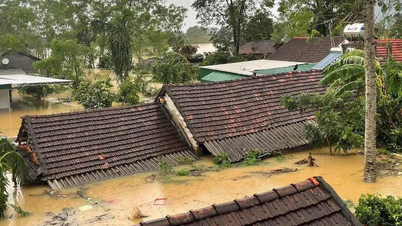

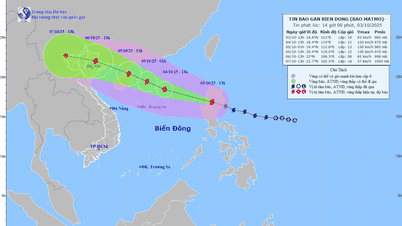



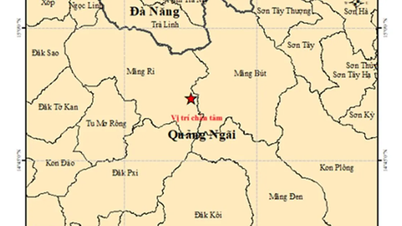

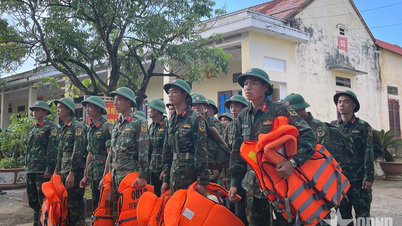

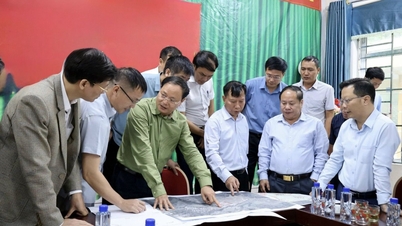
















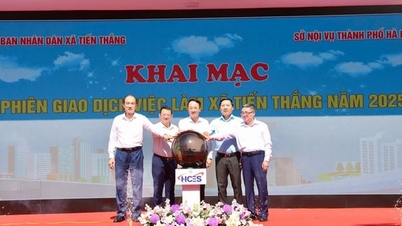
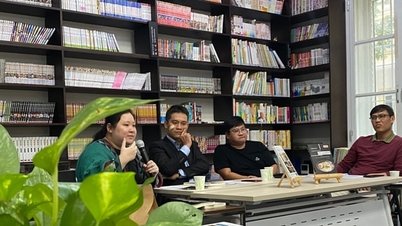



























![[VIDEO] Summary of Petrovietnam's 50th Anniversary Ceremony](https://vphoto.vietnam.vn/thumb/402x226/vietnam/resource/IMAGE/2025/10/4/abe133bdb8114793a16d4fe3e5bd0f12)
![[VIDEO] GENERAL SECRETARY TO LAM AWARDS PETROVIETNAM 8 GOLDEN WORDS: "PIONEER - EXCELLENT - SUSTAINABLE - GLOBAL"](https://vphoto.vietnam.vn/thumb/402x226/vietnam/resource/IMAGE/2025/7/23/c2fdb48863e846cfa9fb8e6ea9cf44e7)


















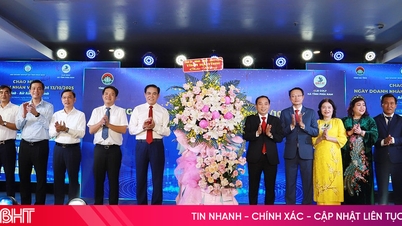

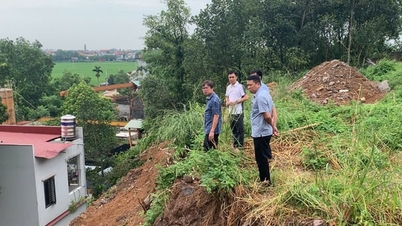
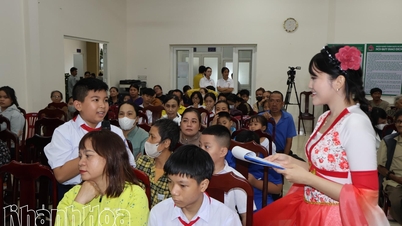



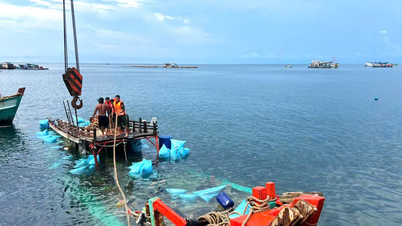





Comment (0)